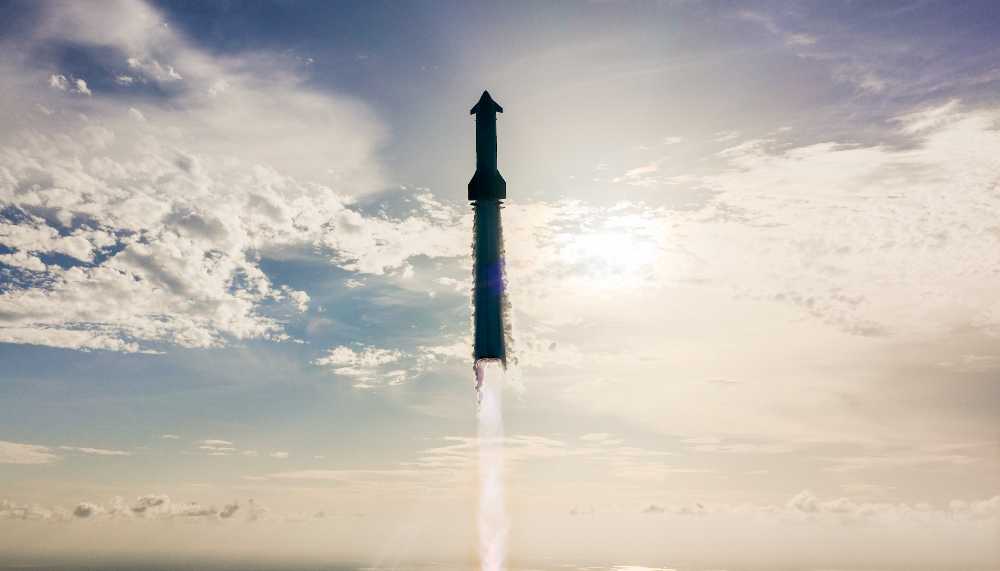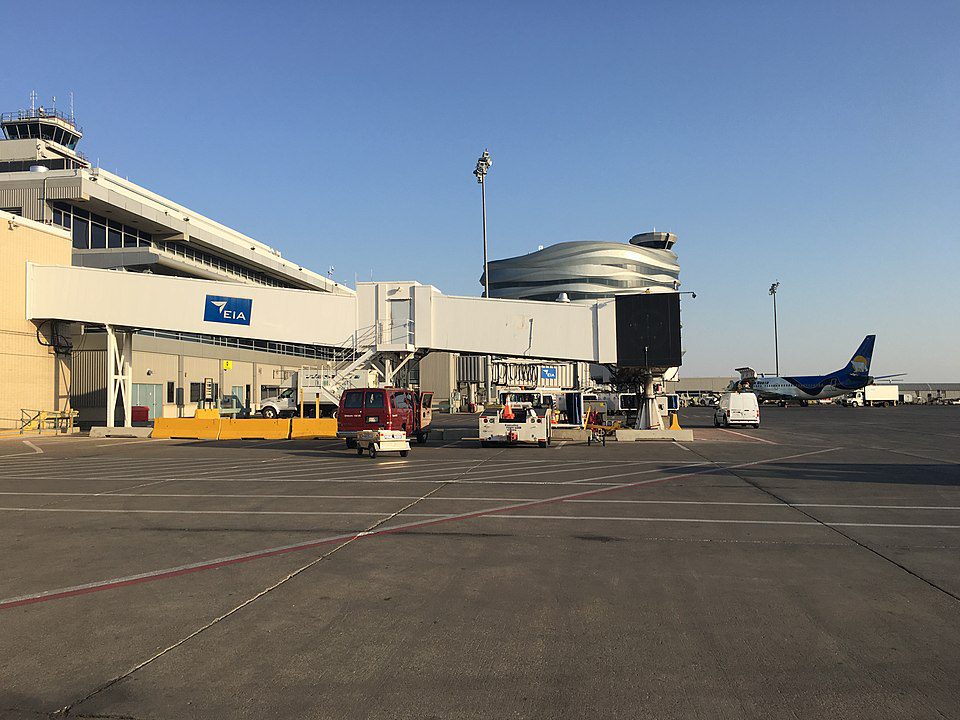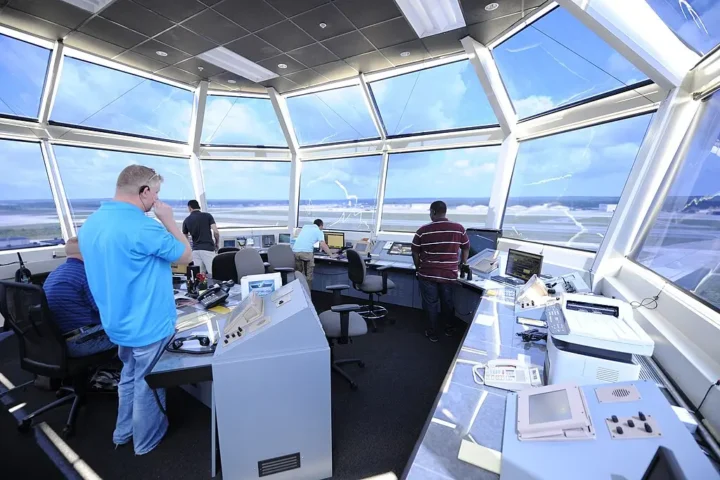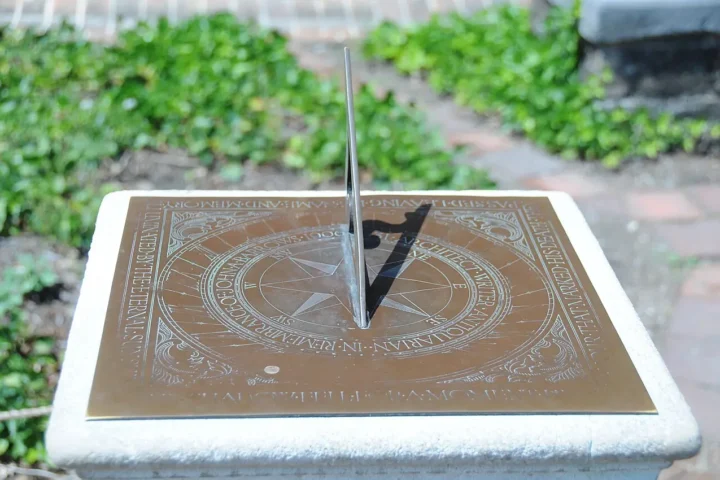SpaceX’s massive Starship rocket completed its tenth test flight on Tuesday, August 26, 2025, achieving key mission goals after two previous launch attempts were scrubbed. The 400-foot tall rocket – the largest in the world – lifted off from SpaceX’s Starbase facility in Texas at 6:30 pm Central Time.
“Splashdown confirmed! Congratulations to the entire SpaceX team on an exciting tenth flight test of Starship!” SpaceX announced on social media after the successful mission. CEO Elon Musk added, “Great work by the SpaceX team!!”
This achievement comes after a rough start to 2025 for SpaceX, with the three previous Starship test flights ending in failure. Flights 7, 8, and 9 all resulted in explosions or breakups after liftoff, while a June accident destroyed another rocket (Ship 36) during ground testing.
Flight 10 marked a critical comeback for SpaceX’s ambitious space program. The mission used Ship 37 mounted on Booster 16, with both components undergoing extensive testing before launch.
The first launch attempt on Sunday was scrubbed due to a ground systems issue identified as a liquid oxygen leak. Monday’s attempt was canceled because of weather concerns with anvil-shaped clouds that violated safety rules.
When finally airborne, the rocket fulfilled several major test objectives. Ship 37 successfully deployed eight Starlink satellite simulators, completed an in-space Raptor engine relight test, and survived the challenging reentry process before making a controlled splashdown in the Indian Ocean.
The Super Heavy booster performed as planned, separating cleanly from the upper stage before executing a controlled descent. SpaceX deliberately tested a challenging landing scenario by disabling one engine during the landing burn as part of their testing program.
The booster hovered briefly over the Gulf of Mexico before cutting power for a water landing. “That was absolutely incredible,” said SpaceX Build Reliability Engineer Amanda Lee during the launch broadcast.
The success of Flight 10 holds significant meaning for both SpaceX and NASA. Starship is a key component of NASA’s Artemis program, which aims to return humans to the Moon.
Similar Posts
NASA Acting Administrator Sean Duffy highlighted this connection, posting: “Flight 10’s success paves the way for the Starship Human Landing System that will bring American astronauts back to the Moon on Artemis III.”
SpaceX made important technical improvements for this flight based on lessons from previous failures. Engineers redesigned the pressurization diffuser that had failed during Flight 9, causing that mission’s loss. They also adjusted the descent profile for the booster to prevent a repeat of past breakups.
While this test moved SpaceX closer to its goals of full reusability and eventual Mars missions, significant challenges remain. The company plans to increase its launch frequency, with Musk stating earlier this year that the “launch cadence for next 3 flights will be faster, at approximately 1 every 3 to 4 weeks.”
SpaceX is already preparing for Flight 11, which will use Ship 38, the final Block 2 version before transitioning to an improved Block 3 design. The company’s long-term vision remains ambitious – beyond NASA’s lunar missions, Musk envisions using Starship for Mars colonization and has even spoken about eventually achieving “24 launches in 24 hours.”
For now, this successful flight represents a crucial step forward after months of setbacks, demonstrating that SpaceX’s strategy of learning through testing is yielding results.



















